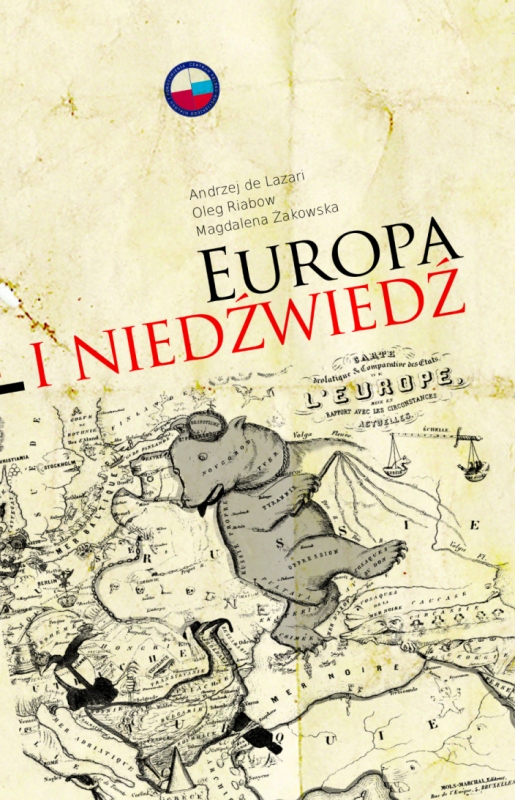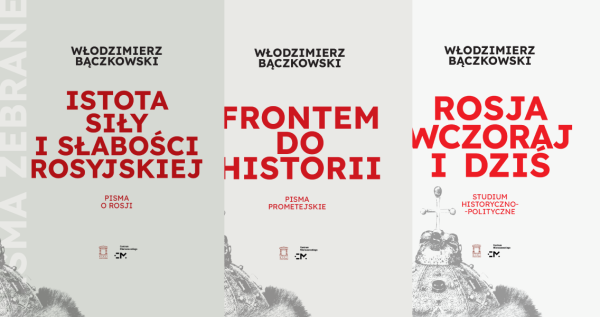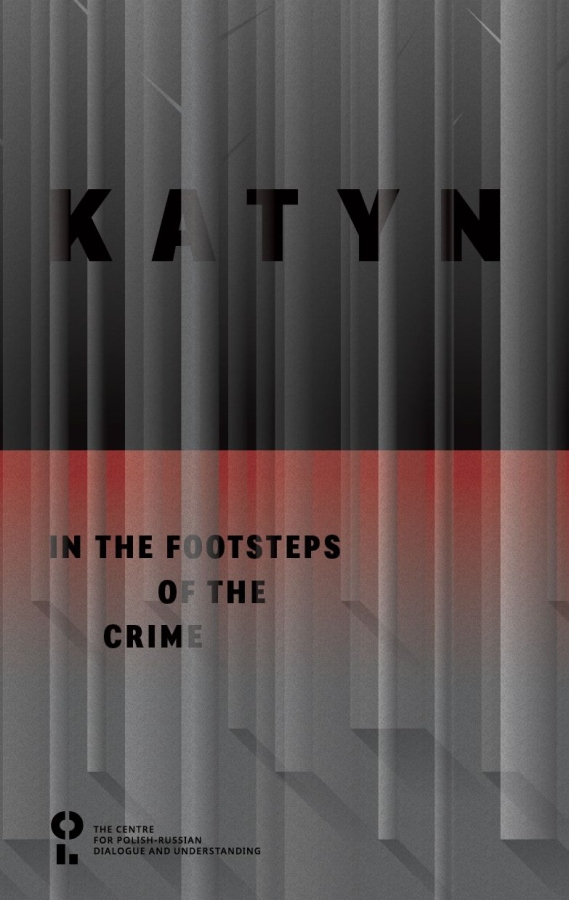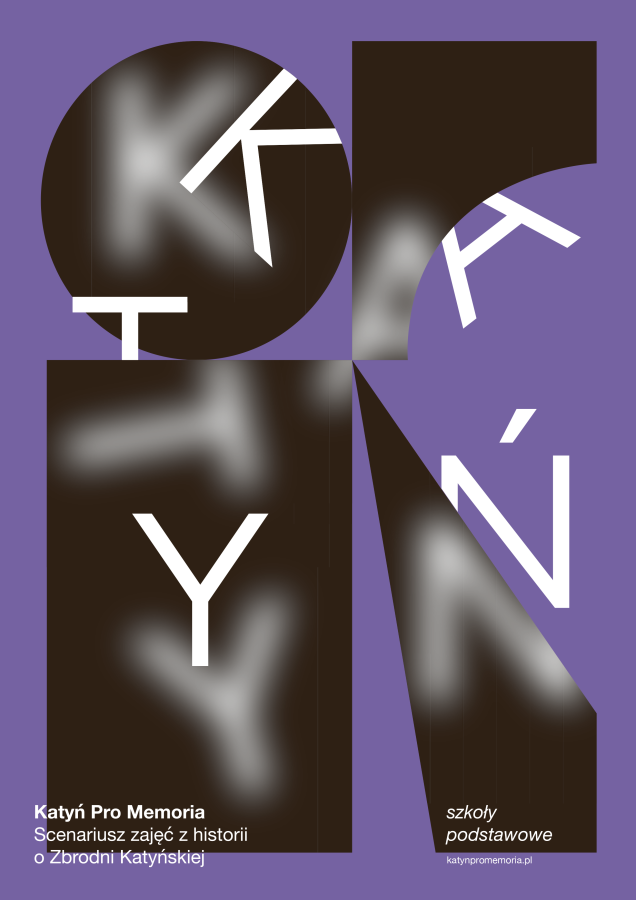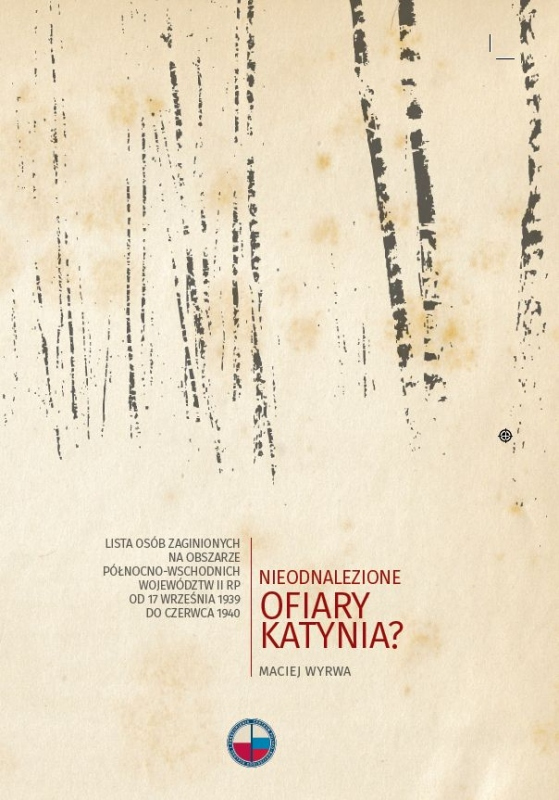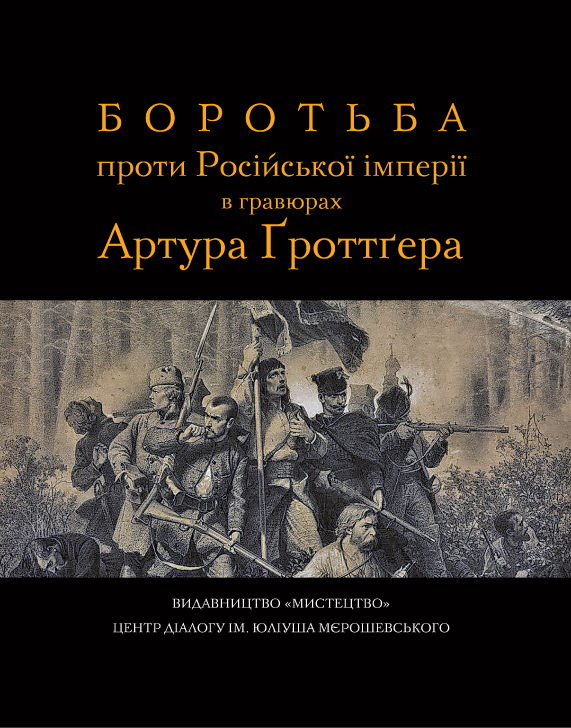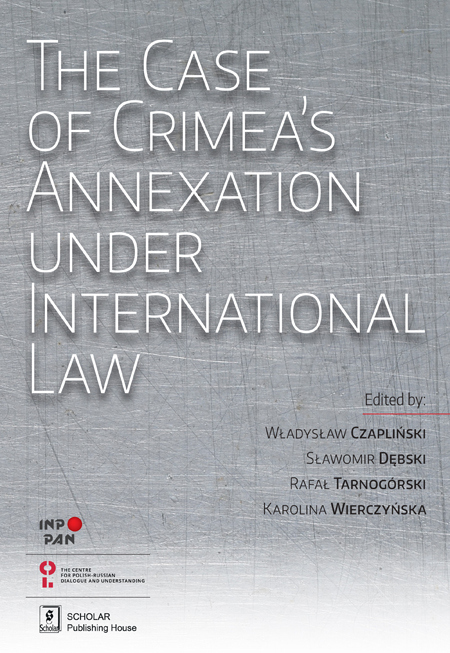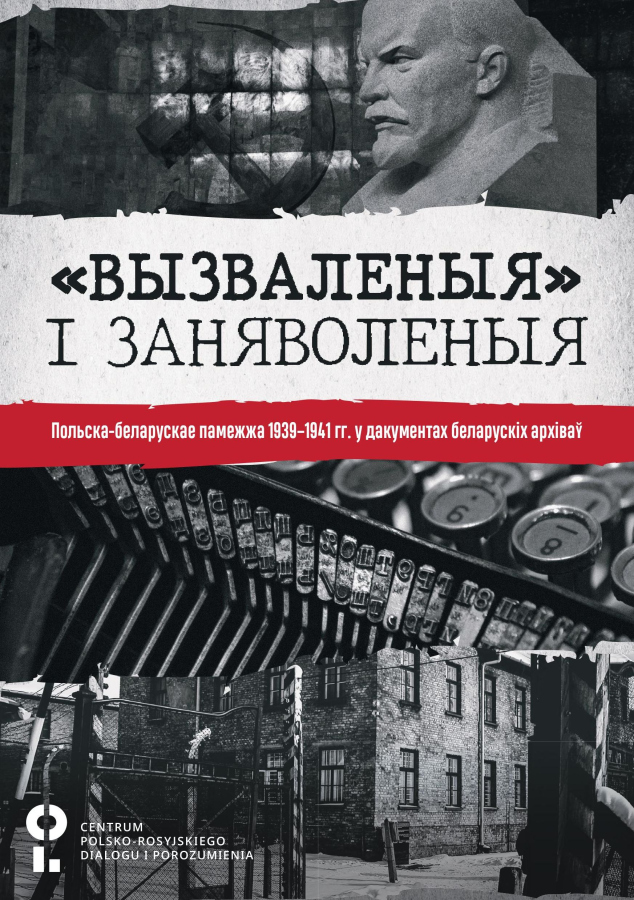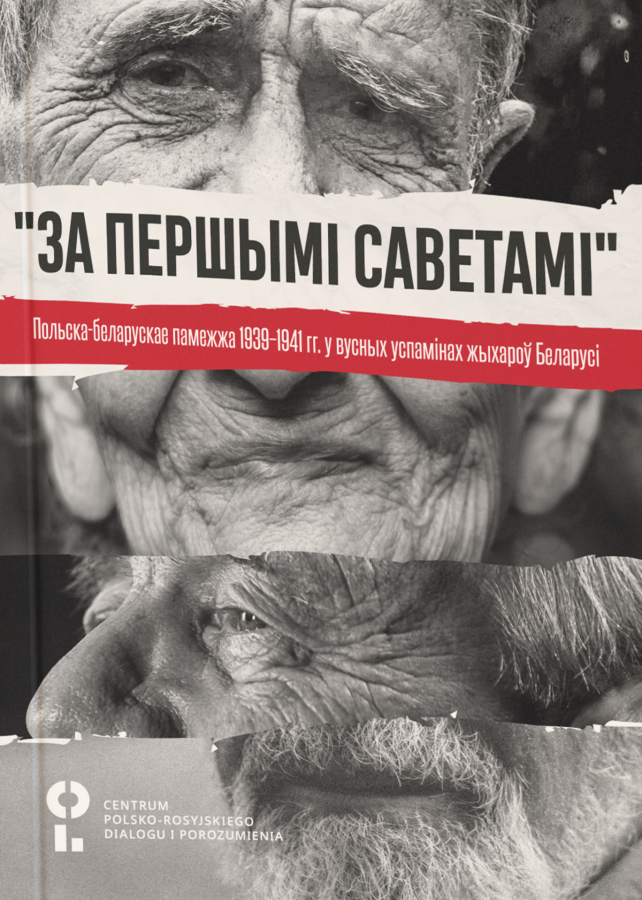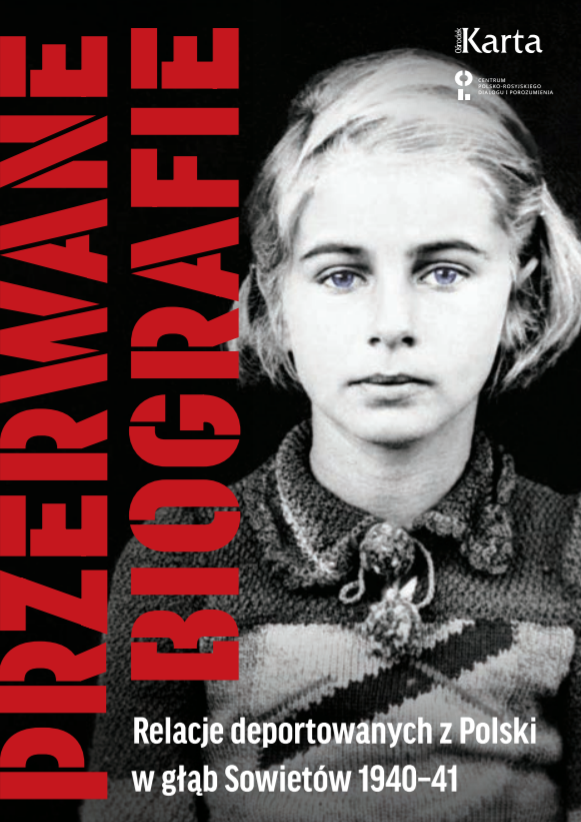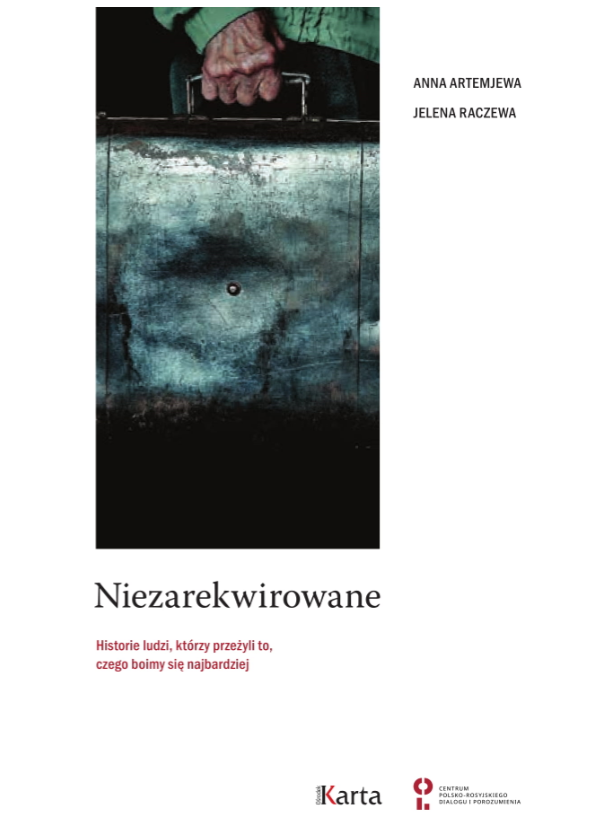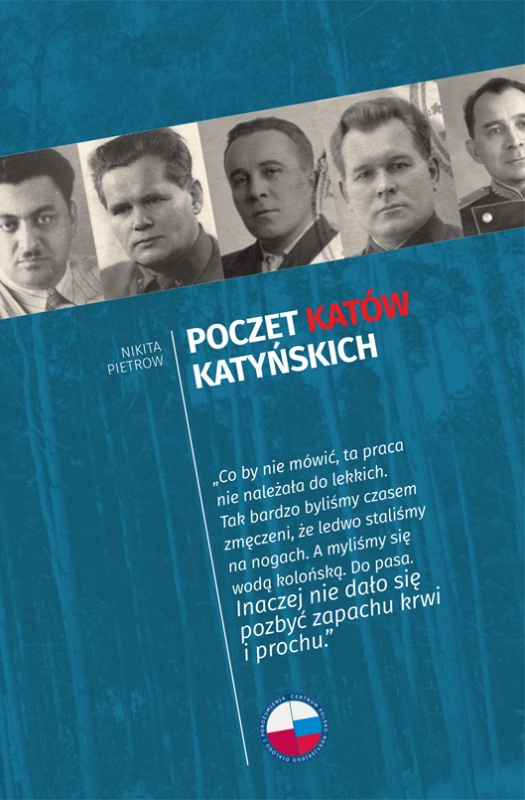Europe and the Bear
The book contains almost 300 colour illustrations depicting the image of the Russian bear from the earliest times to the present day.
The bear as a symbol of Russia emerged in the West in the 18th century. It represents barbarity, aggression, cruelty and laziness. The image of Russia as a bear delineated, and still delineates, the borders of the “civilised world” and helps to shape the “European” awareness. By arousing fear, it is instrumental in justifying a certain foreign policy towards the USSR and Russia. The book aims to examine the semiotics of the image of the Russian bear in Russia and European cultures as well as the different stages of its evolution. The authors have attempted to track the impact of the “bear metaphor” on the perception of Russia in the world, as well as how this metaphor is used to legitimise or delegitimise Russian power and to shape the policies of Russian nationalism.
The Russian bear is probably the last remaining animal from the bestiary of European countries that still abounded with animals even 70 years ago. Today, it is hard to find the British lion or the brave French rooster. At best, we can talk about the European Union’s sluggish bull. It is precisely thanks to the Europeans’ irony in dealing with their own image that the bear, as a symbol of Russia, is also viewed with a tongue in cheek, and sometimes with hidden nostalgia for the times when other European countries were also capable of baring their claws, Professor de Lazari explains.
